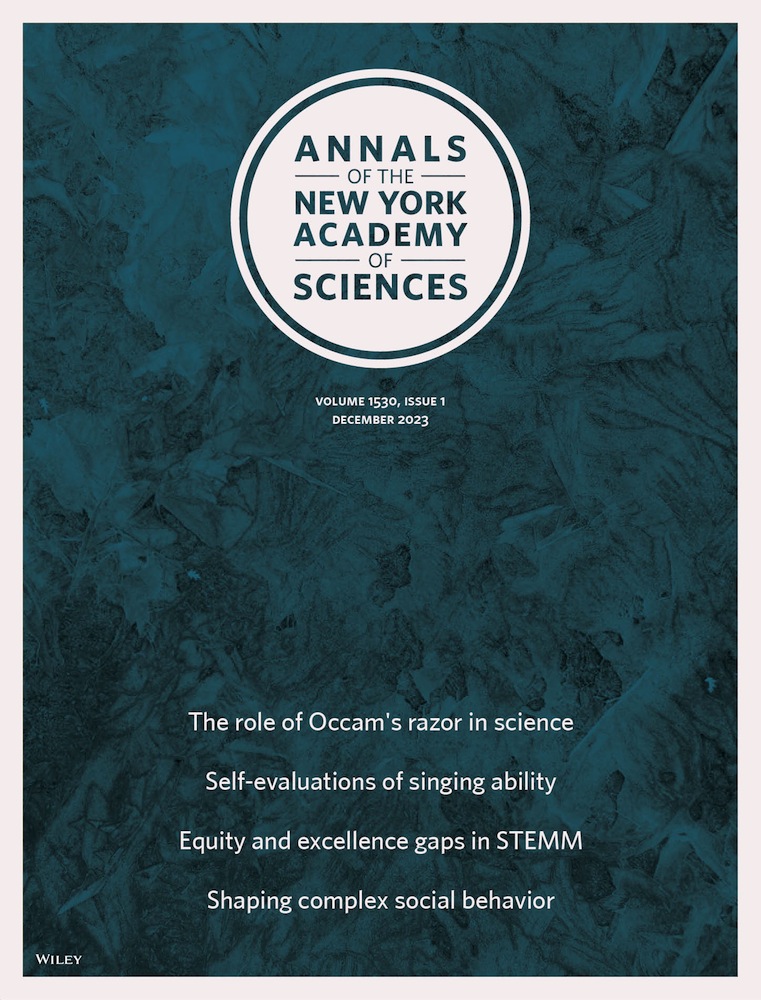Value-added utilization of agricultural wastes in biocomposite production: Characteristics and applications.
IF 4.1
3区 综合性期刊
Q1 MULTIDISCIPLINARY SCIENCES
引用次数: 0
Abstract
Agro-waste-based biocomposites are reinforced with natural fibers derived from agricultural residues. These biocomposite materials have attracted a great deal of interest in recent years due to their environmentally friendly and sustainable nature as an alternative to conventional synthetic materials. Issues of environmental sustainability and the search for waste management solutions have driven research into the development of materials that minimize reliance on nonrenewable resources and have a low environmental impact. This review presents an overview of the physical and mechanical properties of some selected biocomposites derived from rice husk, coconut shell, and sugarcane bagasse. Critical properties such as density, water absorption, tensile strength, flexural strength, and impact resistance have been investigated, as these properties largely determine the practicality of the derived materials. In this regard, this paper reiterates the need for further investigation of agro-waste-based biocomposites as an effective alternative toward greener and more eco-friendly industrialization. These materials will offer great opportunities not only to reduce the environmental footprint, but also to increase the value of agricultural waste by promoting a circular economy.农业废弃物在生物复合材料生产中的增值利用:特点与应用。
以农业废弃物为基础的生物复合材料用源自农业残留物的天然纤维进行加固。近年来,这些生物复合材料因其环保和可持续的特性而成为传统合成材料的替代品,引起了人们的极大兴趣。环境可持续性问题和寻找废物管理解决方案推动了对材料的研究,以最大限度地减少对不可再生资源的依赖,并具有低环境影响。本文综述了从稻壳、椰子壳和甘蔗渣中提取的几种生物复合材料的物理力学性能。密度、吸水率、拉伸强度、弯曲强度和抗冲击性等关键性能已经被研究,因为这些性能在很大程度上决定了衍生材料的实用性。在这方面,本文重申需要进一步研究基于农业废物的生物复合材料作为更绿色和更环保的工业化的有效替代方案。这些材料将提供巨大的机会,不仅可以减少环境足迹,还可以通过促进循环经济来增加农业废物的价值。
本文章由计算机程序翻译,如有差异,请以英文原文为准。
求助全文
约1分钟内获得全文
求助全文
来源期刊

Annals of the New York Academy of Sciences
综合性期刊-综合性期刊
CiteScore
11.00
自引率
1.90%
发文量
193
审稿时长
2-4 weeks
期刊介绍:
Published on behalf of the New York Academy of Sciences, Annals of the New York Academy of Sciences provides multidisciplinary perspectives on research of current scientific interest with far-reaching implications for the wider scientific community and society at large. Each special issue assembles the best thinking of key contributors to a field of investigation at a time when emerging developments offer the promise of new insight. Individually themed, Annals special issues stimulate new ways to think about science by providing a neutral forum for discourse—within and across many institutions and fields.
 求助内容:
求助内容: 应助结果提醒方式:
应助结果提醒方式:


